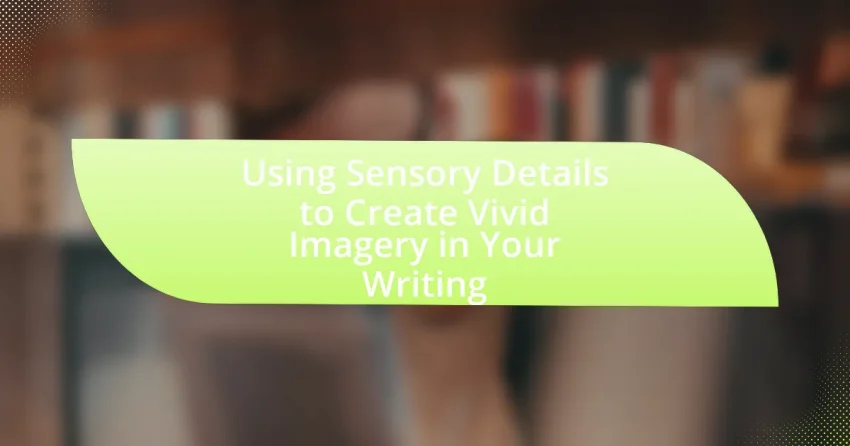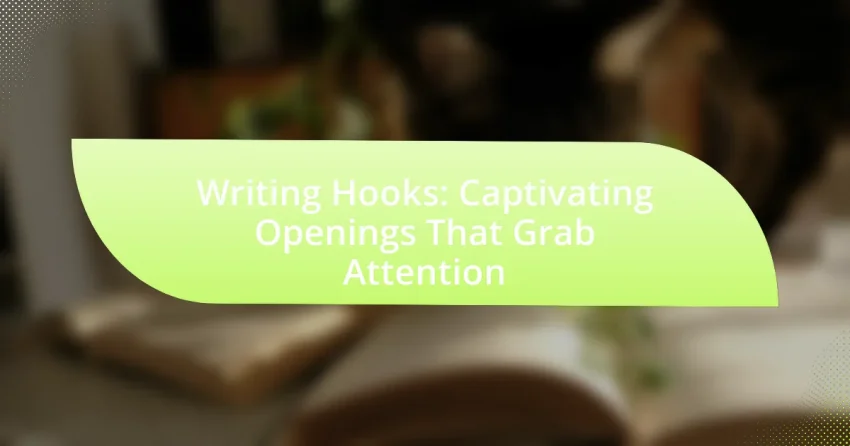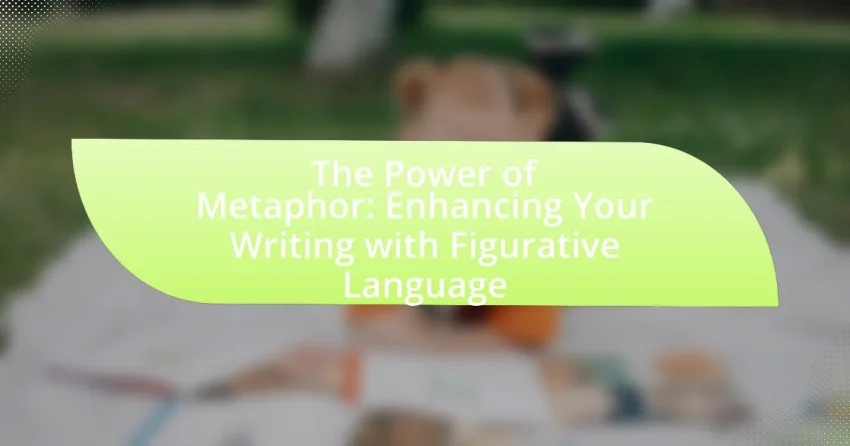The article “Writing with Emotion: Techniques to Evoke Feelings in Your Readers” explores the significance of emotional writing in creating a deep connection between the writer and the reader. It outlines how expressing emotions through vivid imagery, relatable characters, and authentic language can enhance reader engagement and retention. The article discusses the psychological effects of…
Writing Techniques
Welcome to the ‘Writing Techniques’ category, a hub designed for anyone eager to enhance their writing skills. Here, you’ll discover practical articles that delve into various aspects of writing, from grammar and structure to style and voice. Whether you are a beginner or looking to sharpen your craft, these resources will guide you through the intricacies of effective writing.
Explore tips on how to develop compelling characters, craft engaging plots, or improve your descriptive language. Each article is packed with actionable advice and examples to help you implement new techniques right away. You’ll find everything you need to elevate your writing and express your thoughts clearly and creatively. Let’s embark on this writing journey together!
Writing Strong Endings: How to Leave a Lasting Impression
The article focuses on the importance of crafting strong endings in writing, emphasizing their role in providing closure and leaving a lasting impression on readers. It outlines key elements of effective endings, including resolution, emotional impact, and thematic closure, while discussing how different genres influence ending styles. The article also explores techniques for creating memorable…
Understanding Narrative Perspective: Choosing the Right Point of View
The main entity of the article is narrative perspective, which refers to the viewpoint from which a story is told and significantly influences how events and characters are perceived by readers. The article explores various types of narrative perspectives, including first-person, second-person, and third-person (limited and omniscient), detailing how each affects storytelling, character development, and…
Using Sensory Details to Create Vivid Imagery in Your Writing
The article focuses on the significance of sensory details in writing, emphasizing their role in creating vivid imagery that engages readers’ senses—sight, sound, smell, taste, and touch. It outlines how sensory details enhance reader experience by fostering emotional connections and improving memory retention. The article also discusses various types of sensory details, techniques for incorporating…
Writing for Different Audiences: Tailoring Your Style and Content
The article “Writing for Different Audiences: Tailoring Your Style and Content” focuses on the importance of adapting writing to meet the specific needs of diverse audiences. It emphasizes how understanding audience demographics, interests, and cultural backgrounds influences language, tone, and content structure, ultimately enhancing communication effectiveness. Key topics include the significance of audience awareness, the…
Writing Hooks: Captivating Openings That Grab Attention
Writing hooks are essential elements in writing that serve to immediately capture the reader’s attention and set the tone for the content. This article explores the significance of writing hooks, detailing how they engage readers through various techniques such as provocative questions, vivid imagery, and surprising facts. It examines the psychological principles that make hooks…
The Use of Foreshadowing: Techniques for Building Suspense
Foreshadowing is a narrative technique in literature that provides hints or clues about future events, enhancing suspense and reader engagement. This article explores the significance of foreshadowing in storytelling, detailing its contribution to plot structure, character development, and the creation of anticipation. It categorizes foreshadowing into direct and indirect types, discusses various techniques such as…
The Power of Metaphor: Enhancing Your Writing with Figurative Language
The article explores the power of metaphor in writing, emphasizing its role in creating vivid imagery and conveying complex ideas succinctly. It discusses how metaphors enhance the effectiveness of writing by facilitating deeper understanding and emotional engagement, supported by research on cognitive processes. Key elements that make metaphors impactful, such as clarity and emotional resonance,…
The Role of Voice and Tone in Writing: Finding Your Unique Style
The article explores the critical role of voice and tone in writing, emphasizing their impact on conveying the author’s personality and emotional stance. It distinguishes between voice, which reflects the writer’s unique style, and tone, which indicates the attitude toward the subject or audience. Key characteristics of both voice and tone are examined, along with…
The Impact of Pacing: How to Control the Flow of Your Story
The article focuses on the impact of pacing in storytelling, emphasizing its crucial role in shaping emotional engagement and narrative tension. It explores how varying pacing influences reader experience, character development, and plot progression, highlighting techniques such as sentence length, dialogue, and scene breaks to control the flow of a narrative. Additionally, the article examines…









